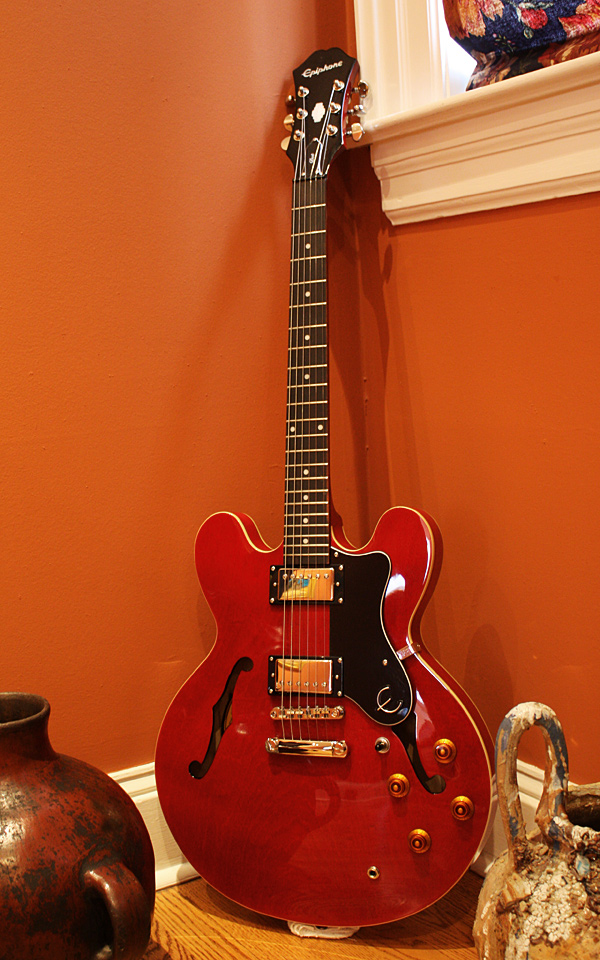Maple used to be dyed to look like ebony on less expensive instruments in the early 20th. century. The aniline dye often would affect the fingerboards
and make the wood brittle and subject to crumbling years later if any work were to be done to them. I would guess should rosewood be gone over
with acetone to strip the surface of oil residue (be careful of MOTS inlays) and a black water base aniline dye applied, the color would probably be close,
but the thing would still have rosewood pores--that's one of the reasons maple was used to simulate ebony--in European antiques I would often find
ebonized beechwood.
Going the other direction, in the mid seventies I bought a Brazilian rosewood stool from the 1850s. The sides were veneered, but the legs seemed to be
solid rosewood. Nope! They were oak, dyed to look like rosewood. That started me on a binge of turning all sort of oak objects into rosewood
with the help of various aniline dyes. The key was using wood that had the right pore pattern to simulate the desired wood. For ebony, you would need to fill the pores of the rosewood if you wanted convincing results.
